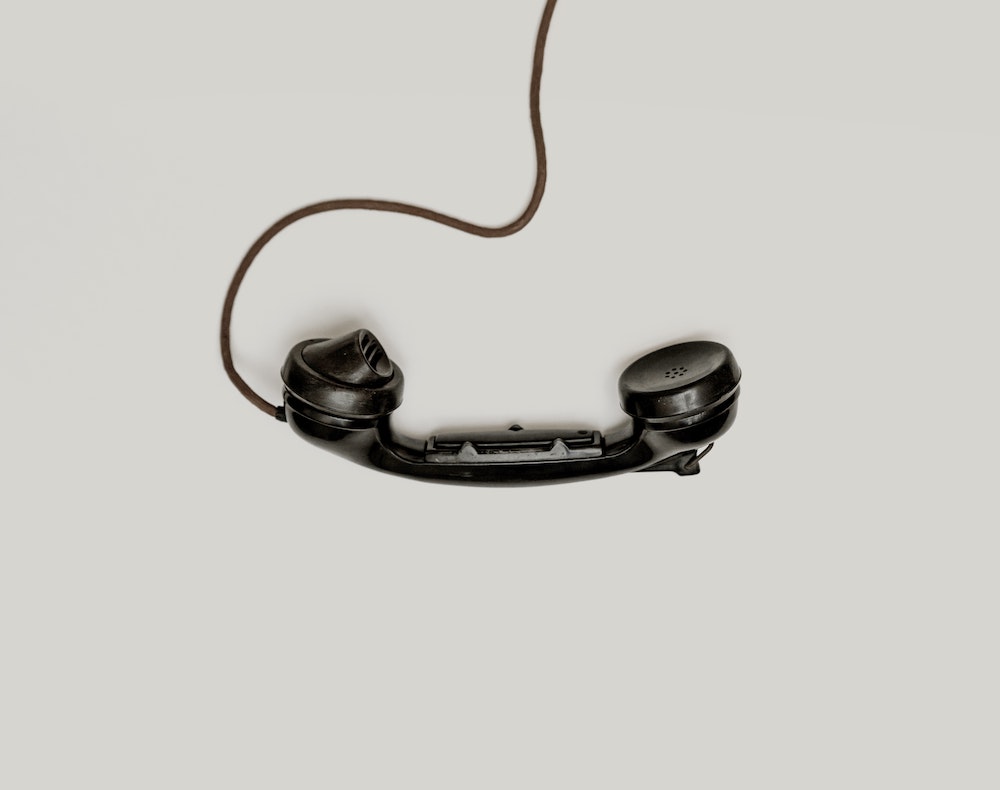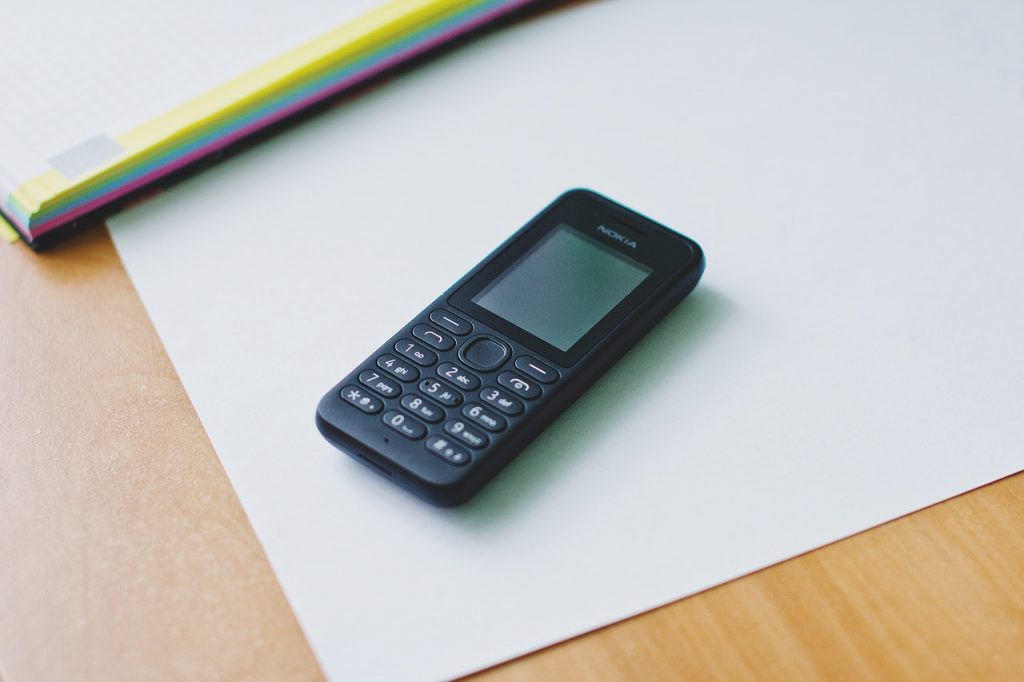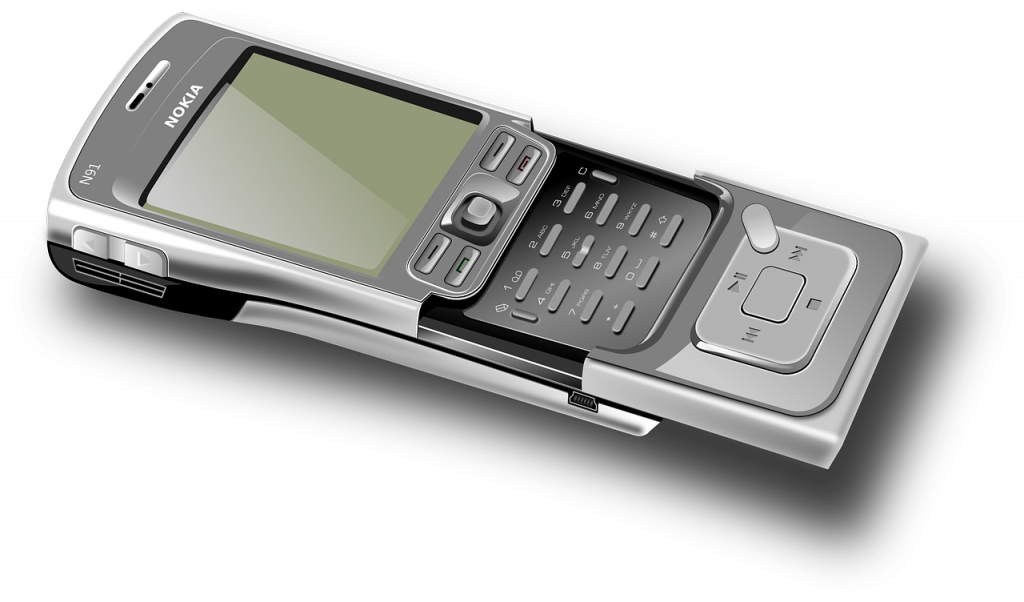The Evolution Of The Cell Phone
The history of the cell phone started in 1947 with the first networks by AT&T while the iPhone hit the market in 2007.
This article is more than 2 years old

The evolution of the cell phone has been a long one that’s gone through so many different iterations. Cell phones have evolved to become a vital part of society. Whether we are texting, surfing the web, checking social media, playing a video game, or actually using the device for what it was first intended to do – speaking on the phone, we live for our mobile peripherals.
You would be hard-pressed to find any person without one. Young children are even now being given cell phones at earlier and earlier ages. Cell phones are the primary facilitators of an always-connected global society and are fierce proponents of where the art of socialization is headed in the future.
So how did we get here? How did cell phones become such a key component of everyday life? Let’s start at the beginning.
HISTORY OF THE CELL PHONE STARTED IN 1949 WITH AT&T

Early cell phones in the United States were first released by AT&T in 1949 when they created the Mobile Telephone Service (MTS) Network. These first phones operated more like walkie-talkies than cell phones because they functioned via radio networks. A user needed to make a call via an operator versus dialing up the person on the other end themselves.
These initial phones really did not catch on for a variety of reasons. First, they were very heavy. Their hardware topped the scales at 80 pounds. That doesn’t seem very mobile at all. Additionally, at the time there were only three radio channels dedicated to cell phone use that could each only accommodate one phone call at a time, which made trying to get ahold of someone something of a challenge.
Lastly, these overgrown walkie-talkies were expensive. On top of the initial cost of the device, they cost $15/month plus an additional $0.30 to $0.40 every time you placed a call. Adjusting those prices for inflation equates to a modern cost of $176/month and $3.50-$4.75 per call. That’s more than most cell plans cost today.
However, AT&T didn’t give up on its MTS service. In 1965 they introduced a revamped version of it, aptly titled the Improved Mobile Telephone Service (IMTS). The improvements included additional radio channels to make calls on, lighter hardware, and the elimination of the need for an operator.
Despite their best efforts, IMTS still did not catch on, mostly due in part to the limitations of the radio channels. For instance, users in New York City of which there were 2,000 at the time had to share only 12 radio channels, which made making calls frustrating and sometimes impossible.

The first concept of a cellular phone was initially proposed back in 1947 by two Bell Lab engineers, Douglas H. King and W. Rae Young. Their idea was to use hexagonal cell technology in mobile phones meant for vehicles. Their concept was a novel one, but the technology to make it did not yet exist.
It wasn’t until over two decades later that technology had caught up enough for Bell Labs to revisit King’s and Young’s idea. Meanwhile, as Bell Labs worked to develop cellular technology, similar concepts across the world were also being worked on and put into motion.
THE FIRST CELLULAR NETWORK CAME TO THE UNITED STATES IN 1983

The introduction of the first-generation analog cellular network or 1G made its debut in 1979 for use with car phones in Tokyo, Japan. The technology made its way to the United States in 1983 when the DynaTAC 8000X mobile phone launched on the country’s first 1G Network called Ameritech. By 1990 technology had advanced enough to develop a faster cellular network that operated off of digital wireless communication and thus 2G emerged.
2G was the very first version of what today’s modern networks look like. 2G was quickly adopted. The GSM network took off in Europe while its CDMA counterpart was widely used throughout the United States. 2G was infinitely better than its predecessor and its rapid widespread adoption led to an explosion of the mobile market.
Cell phone capabilities continued to evolve with the technology that powered them and in 1992 the first SMS or what we now call a text message was sent. By the turn of the millennia, SMS was a widely used form of messaging. The real game-changer for the cellular market happened in 1999 when phones gained the capability to access the world wide web.
This advancement is was ultimately gave rise to 3G, which operated off mobile broadband, effectively making going on the internet a much faster experience. 3G was first launched in Japan in 2001 and was rapidly adopted by other countries including the US. Cell phones were starting to become much more than just phones, and the public loved it. By 2007 295 million people were connected via 3G networks.
THE IPHONE CAME TO THE MARKET IN 2007

The year 2007 was the impetus for the big change that the cellular market was about to embark on. That was the year that Apple released its very first iPhone which marked the beginning of what would become the smartphone revolution. The iPhone was the catalyst that opened the floodgates for what cell phones have become today. Ironically, Apple initially released the phone alongside an exclusive contract with AT&T who was the first company to start it all way back in 1949.
In 2009 advancing cellular technologies alongside consumer demand for smartphones to become more and more capable gave birth to a 4th generation network that operated off individual native IP addresses. Essentially 4G made it possible for cell phones to truly become personal computers. Much of the world still operates off an enhanced LTE version of 4G today, however, 5G which began a worldwide rollout in 2019 is slowly becoming more and more common.

Mobile technology is currently at the precipice of a new frontier. As technology continues to evolve our digital devices are becoming more and more integral to our person. Tech giants like Apple, Samsung, and Google are looking to capitalize, to a greater degree, on the reliance that we have on our smartphones and other devices by further blurring the line between where the person ends and the tech begins.
Apple, in particular, is currently working on developing glasses outfitted with both AR and VR technologies that are rumored to be just as powerful as their newest lineup of MacBooks. What’s more, is that rumors also suggest that Apple’s ultimate endgame for these glasses is to replace the iPhone altogether with them.
And, at present, given that things like flying cars and self-driving trucks are a reality, it is not outlandish to think that we could be making calls and accomplishing computing tasks with a device that sits on the rim of our noses.




